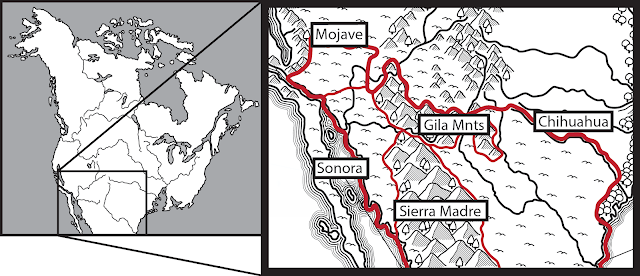Creatures of Taarsh - Part 3
This post has been a long time coming! Who would have guessed that categorizing and summarizing all animal life on earth would be such a big ask? I had originally intended a more complicated process for selecting animals but ultimately decided I was letting perfect get in the way of finished.
First, pick a region you are trying to create an animal for. Then, pick a base animal from the Native Taarsh Lifeform or the Colonial Lifeform lists. (List to Creatures Part 2). Next, Pick an ecological niche the new animal will fill or roll on the chart below for inspiration. Then, choose an earth animal that fits both the biome and ecological niche. For example, wolves for a forest pack hunter. Finally, mutate the original animal so that it is more like the animal from step 4. I.e., more suited to its ecological niche and biome. You can take this a step further by adding additional mutations as desired OR use your new animal as a ‘base animal’ for the Signs in the Wildernesses ‘Random Wild Creature’ generator.
Ecological Niche Chart
For this example I began with one of the more livable regions on Taarsh - a food waste savanna - and a common feral and invasive species - the house cat. I rolled to see what kind of ecological niche this animal would fit and a rolled ‘persistent predator’. I decided this meant that they were capable of following prey up trees and made them into a kind of carnivorous sloth that feeds off horse-shoe beetles that eat the leaves of tall trees. Having this sloth-cat concept in mind, I turned to Signs in the Wilderness’ wild creature generator which gave me the following features: mimicry, cuteness, and glide.
The end result? A slow, tree-dwelling cat with long limbs and square jaws with broad teeth (perfect for crushing beetle’s hard shells). They spend most of their time in groves of trees, climbing or gliding between branches. They are capable of mimicking sounds to draw prey or frighten off predators. Their slow speed makes them popular as bushmeat while their soft fur and peaceable nature makes them popular pets.






Comments
Post a Comment